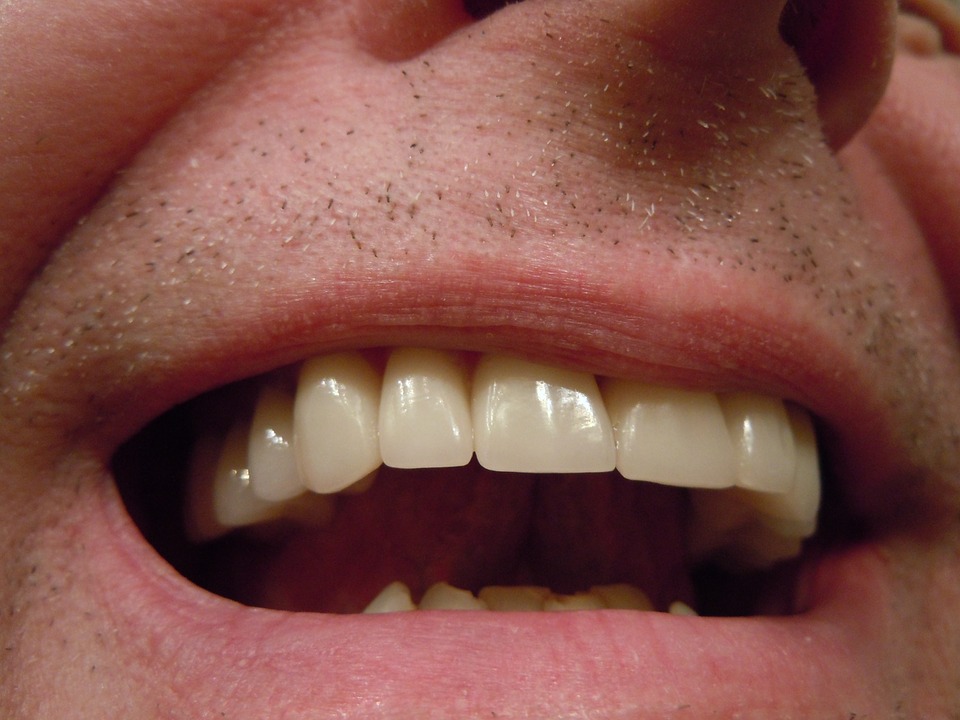
Minor tooth decay requires a filling, whereas severe decay needs a crown. However, if a tooth is too decayed for a filling, you may still have an alternative to a crown — for moderate decay, you have the option of an inlay or an onlay. An inlay is for cavities within the cusps of the tooth and an onlay is for slightly more extensive decay of your tooth.
Durability
Inlays and onlays are made of durable materials like porcelain and gold. They can strengthen the tooth structure up to seventy five (75) percent, helping a weak tooth avoid further damage. Inlays and onlays have a long lifespan of at least twenty (20) years, but they often last up to thirty (30) years. This is more than the average for composite fillings (five (5) to seven (7) years lifespan), amalgam fillings (twelve (12) years lifespan), and crowns (ten (10) to fifteen (15) years lifespan).
Less Tooth Removal
To fit an inlay or an onlay, you will only need to remove a minimal amount of tooth. This is preferable to a crown, where you have to remove a considerable amount to fit the restoration.
Appearance
Porcelain inlays and onlays match the color of your teeth and are unlikely to stain. Neither porcelain nor gold ever stains teeth like amalgam fillings.
Fit
Unlike fillings, which expand and contract with temperature changes, inlays and onlays have a perfect fit. Your dentist will send an impression of your tooth to a dental lab, where they will create the restoration in the right shape and the right size. This advantage also means inlays and onlays are ideal for decay in close spaces, like between teeth.
Stop the Spread of Decay
The close fit of inlays and onlays means they are easier keep clean. Bacteria is less likely to become trapped underneath and cause more decay.
